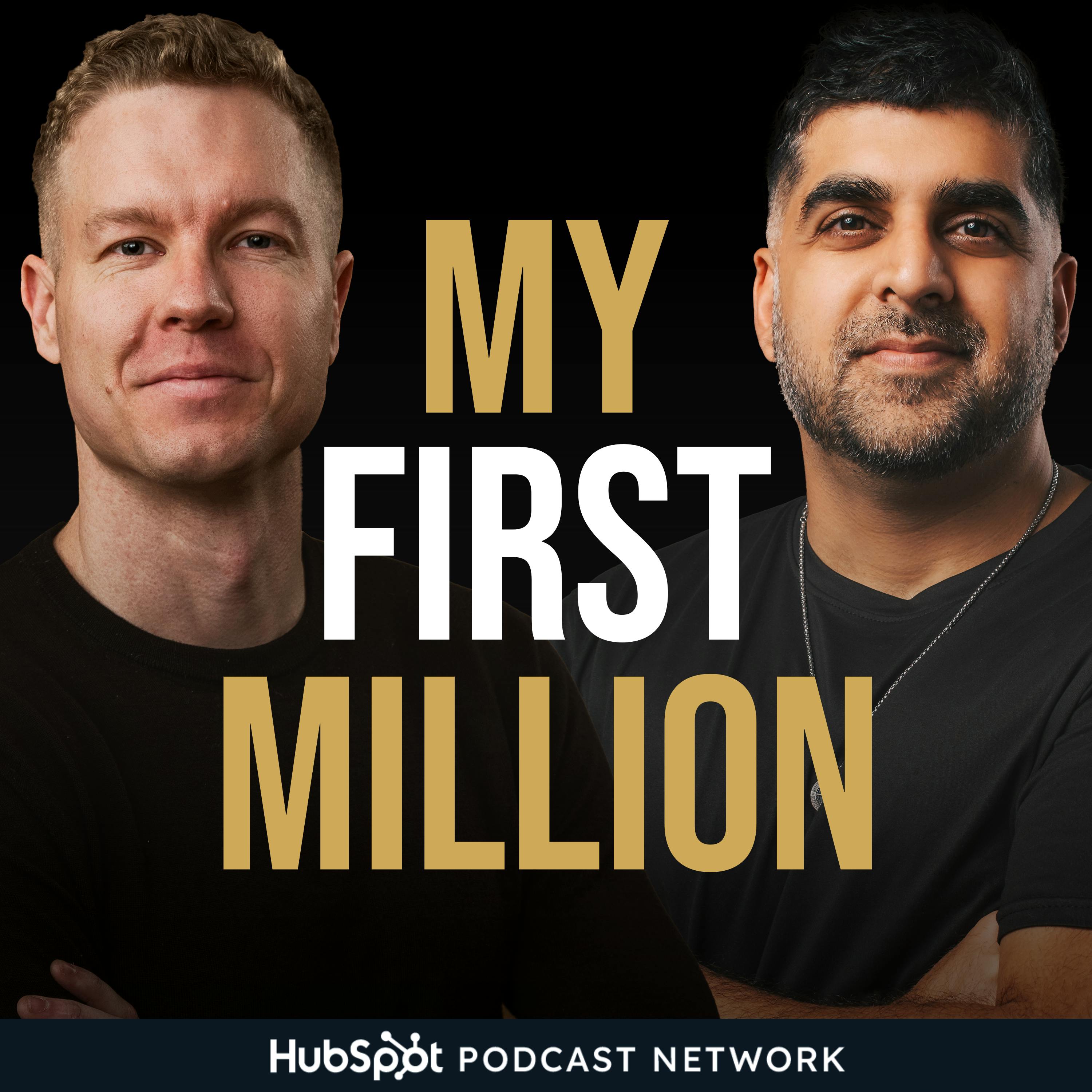
November 2, 2024 • 1hr 4min
Inside The Marketing Machine Of Billion-Dollar Presidential Campaigns
My First Million

Key Takeaways
- Political campaigns are spending over $1 billion on marketing and persuasion techniques to influence voters
- The Biden campaign developed a "harm index" to measure and respond to viral misinformation based on reach and impact
- Trump's 2016 digital strategy focused heavily on Facebook advertising after Jared Kushner convinced him it could be a revenue center through fundraising
- Traditional political marketing focused on controlled messaging, while Trump created an engaged online community through organic, unfiltered communication
- The rise of podcasts and unedited long-form content is changing how candidates connect with voters
- There's a fundamental difference between business marketing and political marketing - the cost of targeting the wrong person in politics can actively hurt your campaign
- The most profitable business model in political campaigns remains media buyers who earn commission on ad placements
Introduction
In this episode, Shaan Puri interviews Sasha Issenberg, author of "The Victory Lab" and expert on political campaign strategies. They discuss the marketing machines behind presidential elections, how campaigns leverage data and technology, and the evolution of political communication in the digital age.
Topics Discussed
The Malarkey Factory and Harm Index (0:00)
The Biden campaign developed a sophisticated system for measuring and responding to viral misinformation:
- Created a "harm index" measuring both reach and potential impact of viral stories
- Surveyed voters on three key questions:
- Are you familiar with this story?
- Do you believe it's true?
- Would it make you less likely to vote for Biden?
- Found that stories about Biden's age/mental acuity had highest potential impact
- Responded with targeted ads showing Biden speaking directly to camera about his values
Trump's 2016 Digital Strategy (18:55)
Trump's revolutionary approach to digital campaigning in 2016:
- Jared Kushner convinced Trump to invest heavily in Facebook advertising by framing it as a revenue center through fundraising
- Created an engaged online community by:
- Sharing and amplifying supporter content
- Engaging directly and impulsively
- Breaking from traditional controlled messaging
- Spent roughly equal amounts on TV and digital advertising, breaking from traditional campaign models
Kamala's Viral Content Strategy (28:18)
- Campaign innovations include:
- Rapid response clips of Trump statements
- Viral TikTok content and remixes
- Engagement with alternative platforms
- Limited by shorter campaign timeline compared to typical presidential runs
- More willing to "mix it up" online compared to Biden's dignity-focused approach
Campaign Effectiveness Analysis (32:35)
Comparing the effectiveness of current campaigns:
- Trump campaign challenges:
- Mismatch between strategy and organization
- Outsourcing ground game to Elon Musk's super PAC
- Inefficient petition-gathering tactics
- Harris running more traditional campaign with clearer alignment between strategy and tactics
Elon Musk's Role (35:04)
- America First super PAC activities:
- Paying bounties for petition signatures
- Hiring day laborers for door-knocking
- Questions about effectiveness and data quality
- Criticism of business marketing approaches being applied to political organizing
Door-Knocking Effectiveness (38:31)
The unique challenges of political marketing versus business marketing:
- High cost of targeting errors:
- Mistargeted ads waste money
- Mistargeted door-knocks can create votes for opponents
- Importance of quality face-to-face interactions for voter mobilization
New Campaign Tools and Technologies (42:25)
- AI and automation adoption slower than expected due to:
- Fear of backlash
- Brand image concerns
- Primary AI use in fundraising email generation and testing
- Emergence of gaming platform advertising (Fortnite)
The Podcast Election (45:58)
The role of podcasts in modern campaigning:
- Benefits of podcast appearances:
- Unedited, long-form conversations
- Authentic candidate presentation
- Large audience reach
- Debate over Harris declining Joe Rogan invitation
The New Political Playbook (50:00)
- Modern campaign challenges:
- Opposition from multiple sources beyond opponents
- Need for entertainment-first approach
- Importance of speaking in internet vernacular
- Shift from broadcast to interactive communication
Mispriced Opportunities (54:15)
- Key opportunities:
- Off-cycle voter communication
- Party-based branding
- Tools for down-ballot campaigns
- Profitable business models:
- Media buying commissions
- Data and modeling services
Conclusion
The episode highlights how political campaigning continues to evolve with technology and changing media consumption habits. While traditional campaign tactics remain important, success increasingly requires understanding and engaging with voters through new channels and formats. The discussion emphasizes the unique challenges of political marketing compared to business marketing, and identifies opportunities for innovation in campaign strategies and tools.